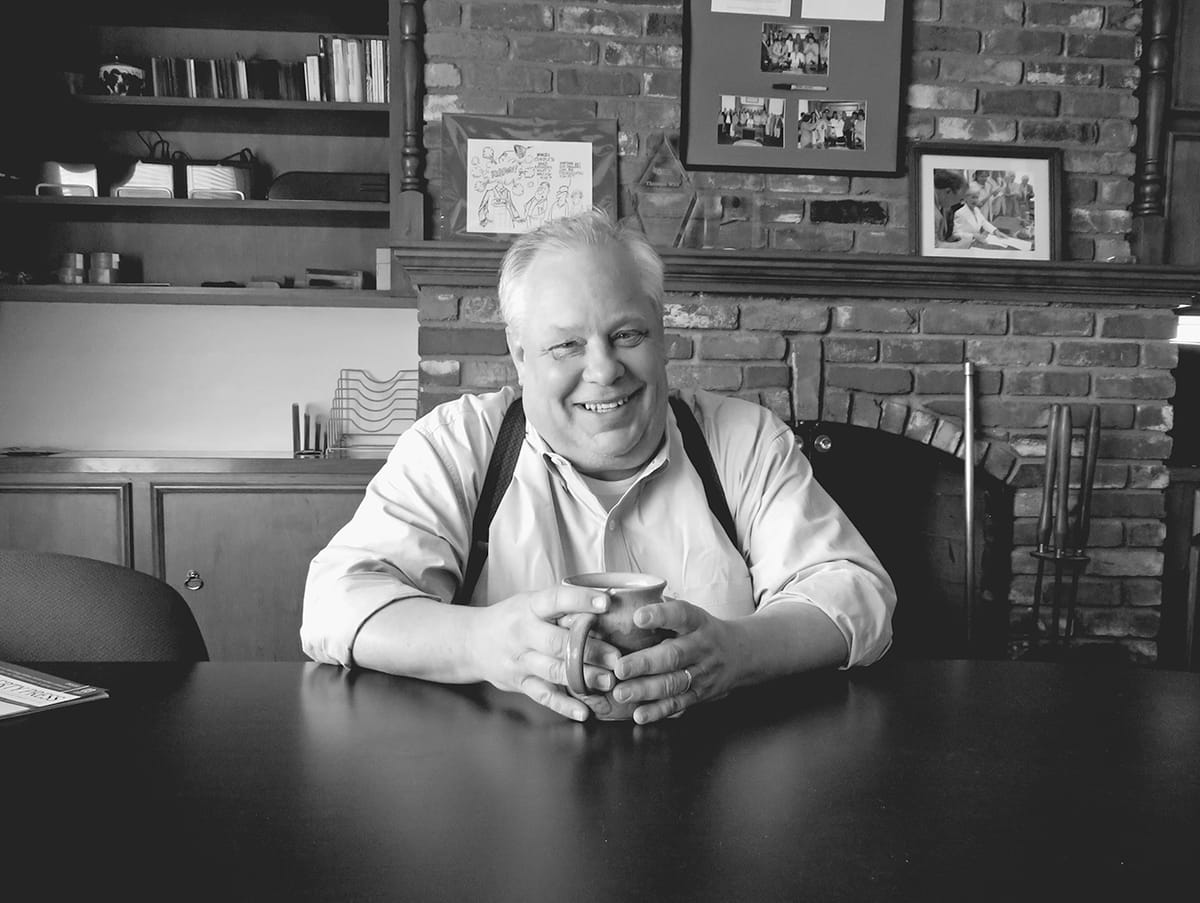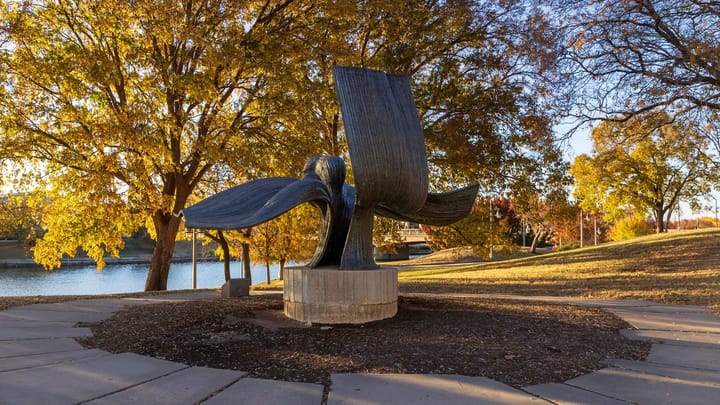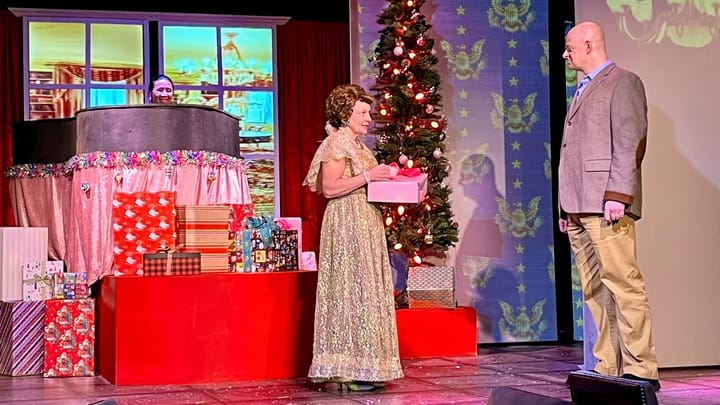Argentine trio, symphony musicians meet for a musical conversation across continents
The Wichita Symphony's first WSO Connect concert paired Baroque music with the South American musical genre chamamé in "a spirit of joyful experimentation and exchange," our critic writes.
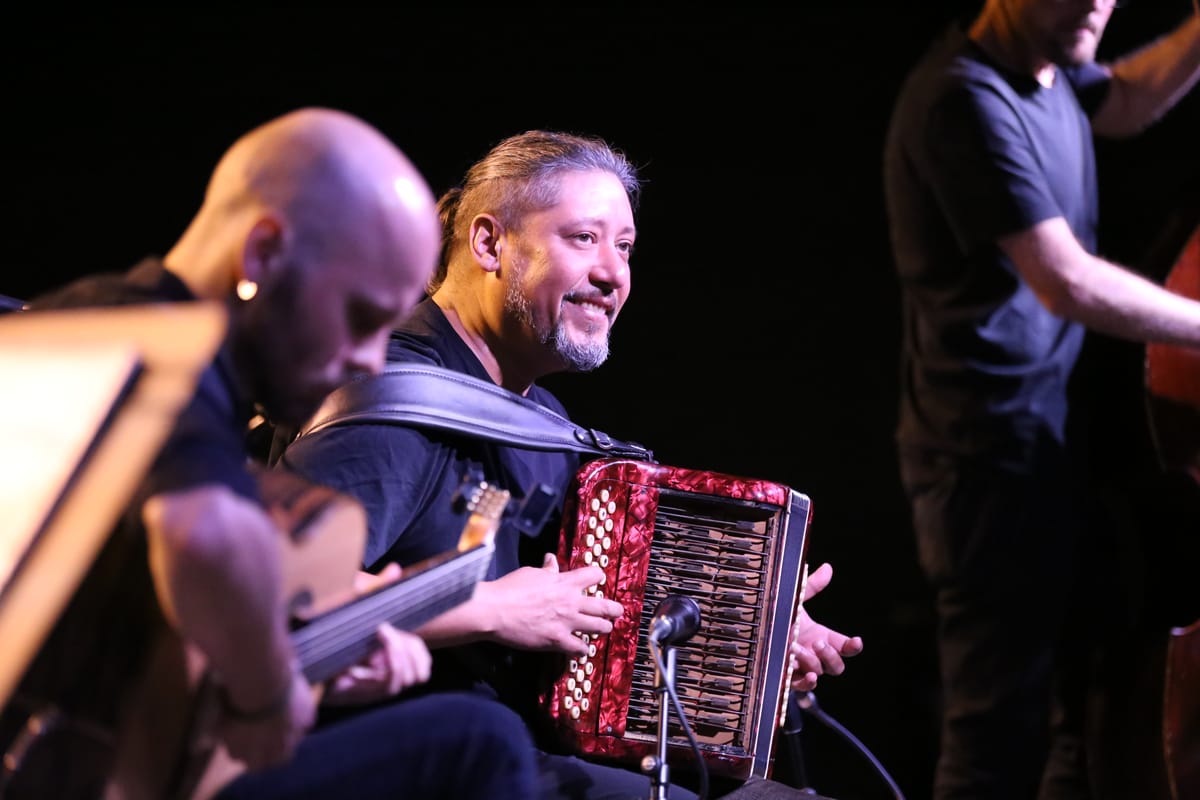
In a chamber concert on Monday that featured both the Alejandro Brittes Trio and a string quartet of Wichita Symphony Orchestra principals, a receptive audience reflected on musical and cultural currents across continents and centuries.
It was the first concert in WSO Connect, a new series that aims “to bring people together through innovative performances and collaborations outside of the Symphony’s main-stage concerts,” according to Wichita Symphony executive director Timothy Storhoff.
The initiative is off to a great start. The Wichita Symphony quartet — made up of violinists Timothy Jones and Addison Wegerle, violist Ricardo Cavalcante de Oliveira, and cellist Leonid Shukaev — opened the program with a performance of Joseph Haydn’s “Rider” string quartet.
“Rider,” so nicknamed because of its galloping final movement, comes late in the composer’s catalog of more than 60 quartets. It shows Haydn in full command of a form that he did much to develop, with bold rhythms, and with thematic exposition and development passed fluidly and even-handedly between all four instruments. The WSO players dispatched the quartet with accuracy, sensitivity, and just the right mix of verve and insouciance.
In Haydn’s Classical quartets, the manner in which time is divided into musical phrases is more or less predictable. Each movement starts in a particular tempo and meter, then sticks with it. If any player were to deviate abruptly, it would be clear they were making a mistake.
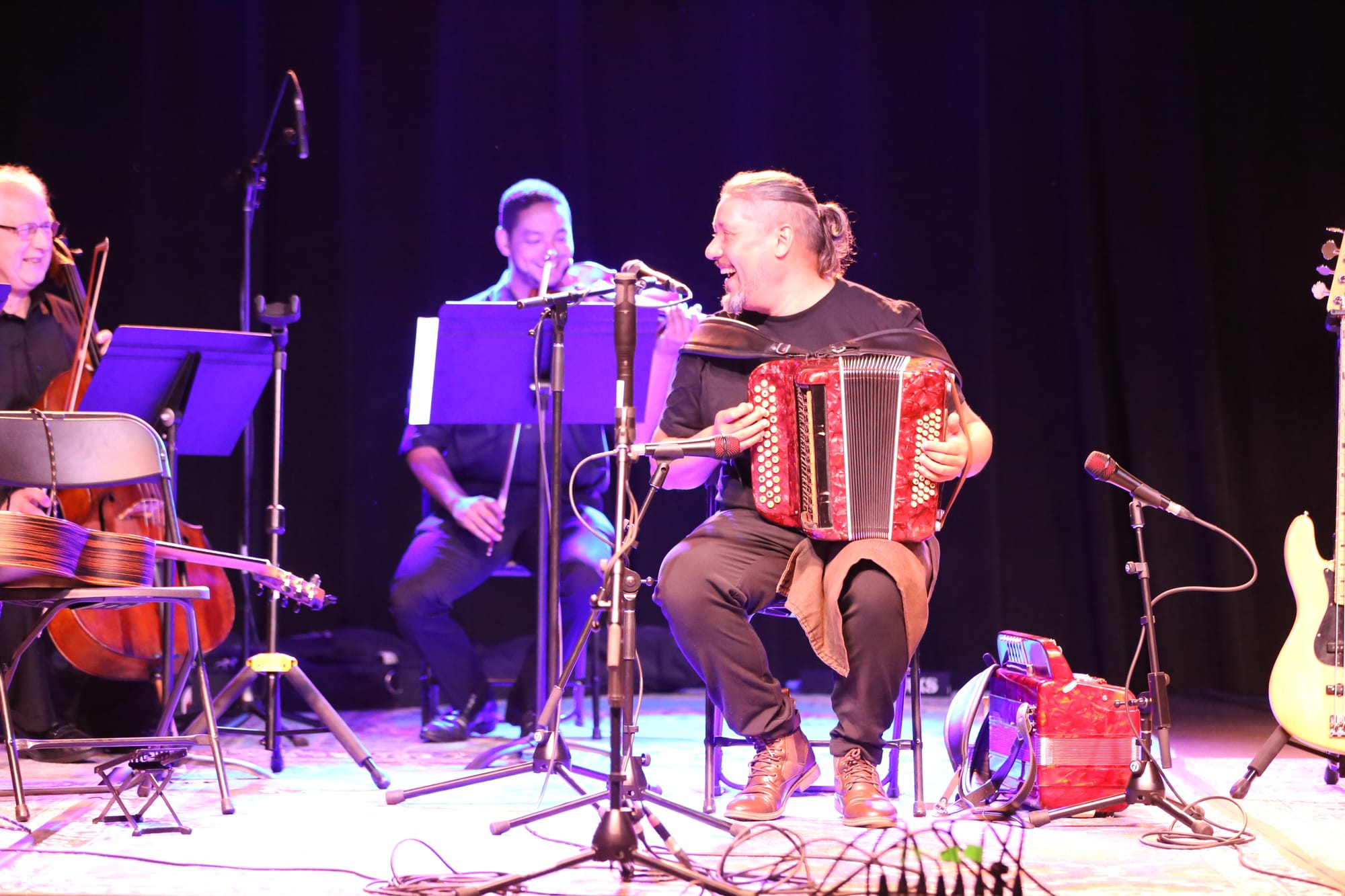
Chamamé, on the other hand, seems to be all about the deviations. In interpreting this northeast Argentinian musical genre for a Wichita audience, Brittes was the clear protagonist on accordion. He poked, prodded, and questioned the idea of a consistent beat, leading listeners through a forest of shifting compound meters and polyrhythms, constantly delaying or hastening the next note or lick for effect. His collaborators, guitarist André Ely and bassist Carlos de Césaro, kept a groove going, even as that groove underwent constant shifts.
The playing from all three was highly virtuosic. For me, Brittes’ technique was the most attention-getting, since my previous exposure to accordion playing has been limited. His accordion had well over 100 small buttons (I didn’t get an exact count), divided between the left- and right-hand sides of the instrument. His fingers leapt among them with seeming abandon, creating percussive accents as well as fluent runs up and down the instrument’s range.
Our free email newsletter is like having a friend who always knows what's happening
Get the scoop on Wichita’s arts & culture scene: events, news, artist opportunities, and more. Free, weekly & worth your while.
No spam. Unsubscribe anytime.
Between numbers, Brittes spoke about the chamamé genre and its connection with the history of the Guarani, a indigenous people inhabiting regions of present-day Argentina, Brazil and Paraguay.
His remarks, translated on the spot by violinist Timothy Jones, echoed themes from a recent email interview with The Wichita Eagle.
Chamamé, Brittes explained, is a “Latin American reinvention,” blending the “musicality and cosmogony” of the Guarani with Baroque traditions introduced by Jesuit missionaries. He described it as a genre shaped by 400 years of collective memory and oral tradition.

This theory of chamamé’s origins — linking it directly to Guarani spiritual and musical practices — is “hotly disputed,” Eugenio Monjeau writes in the Harvard Review of Latin America. It’s a dispute I’m unqualified to moderate.
But whether the Baroque/chamamé connection is historical fact or latter-day fantasy, it has resulted in a pretty cool album: “(L)este,” released by Brittes in 2022. Conductor Fernando Cordella collaborated with Brittes on arrangements that augment the traditional Chamamé instruments with Baroque strings.
Several of these arrangements concluded Monday’s concert, bringing together the WSO players and the Brittes Trio in a spirit of joyful experimentation and exchange. In these pieces, the lushness of the string quartet seemed to give monumental import to the Brittes Trio’s lively improvisations. Brittes’ passionate explanation of what music has meant to the Guarani people reinforced the sense of monumentality. In traditional Guarani culture, he said, children’s true names are believed to be melodies, sent to Earth by gods or supernatural forces.
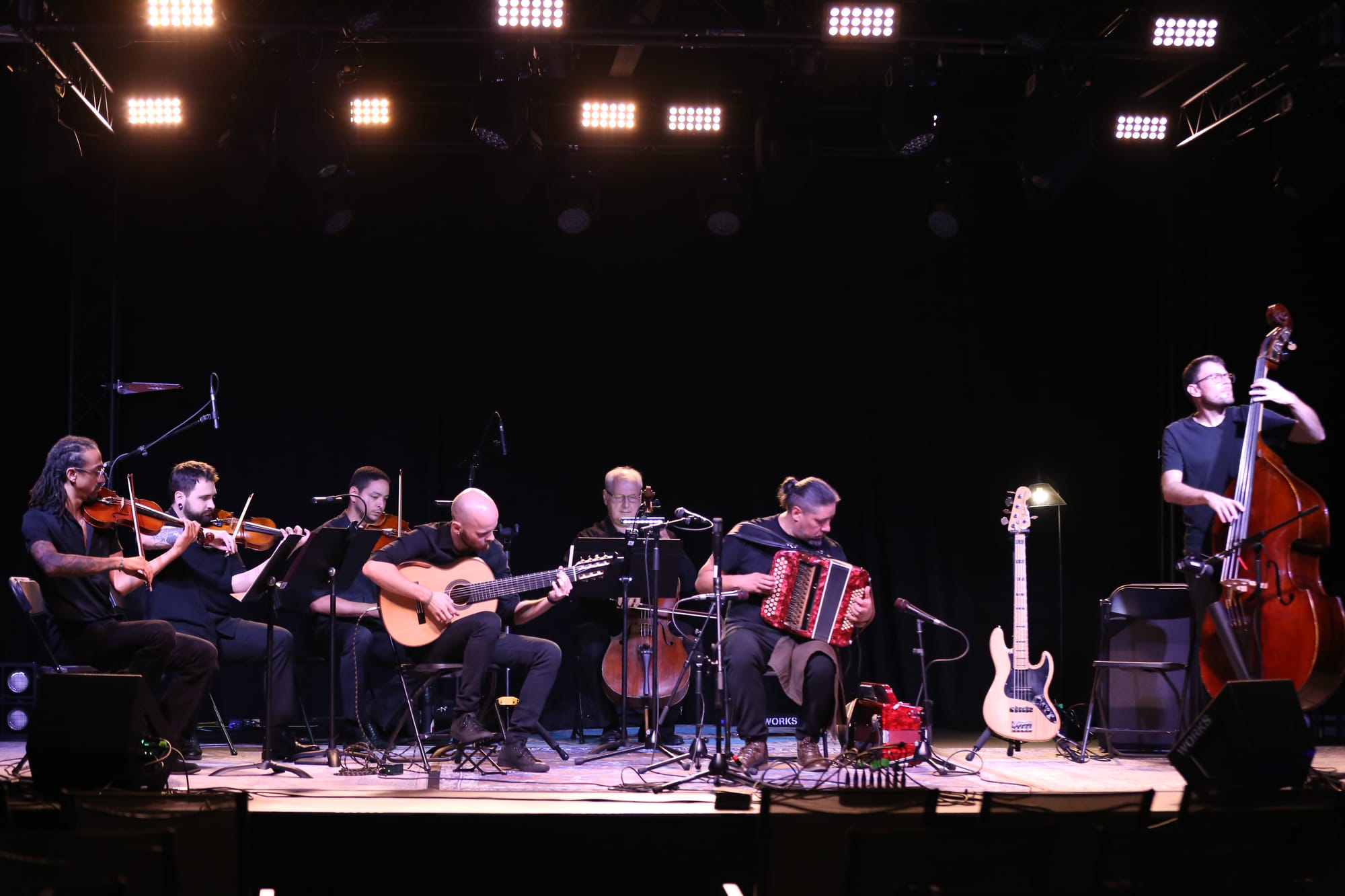
“In other words, music comes before everything, and only then do they give the child an earthly name,” Brittes wrote to the Eagle.
Based on a show of hands, this was nearly the entire audience’s first visit to Somewhere Works, the studio and performance space that serves as the headquarters of Midtopia, a music nonprofit funded by Chase Koch. It’s a nice place to hear chamber music, with seating on three sides of the stage, theatrical lighting, and a sophisticated sound system.
More WSO Connect programs have already been scheduled for October. Each features a soloist who will be in town to perform a concerto with the full symphony.
On October 4, Somewhere Works will welcome violinist Alexi Kenney in a “multidisciplinary” program that will put J.S. Bach into dialogue with contemporary composers. And on October 26, pianist Michelle Cann will stay in Wichita after performing Beethoven’s “Emperor” Concerto to present a solo recital highlighting the legacy of Chicago’s Black Renaissance.
I’d hate to miss any of it.
Sam Jack is a poet, a classical tenor, and the adult services librarian at Newton Public Library. He performs with several local groups, including Wichita Chamber Chorale, Wichita Grand Opera, and Opera Kansas. He received a Master of Fine Arts in creative writing from the University of Montana.
Support Kansas arts writing
The SHOUT is a Wichita-based independent newsroom focused on artists living and working in Kansas. We're partly supported by the generosity of our readers, and every dollar we receive goes directly into the pocket of a contributing writer, editor, or photographer. Click here to support our work with a tax-deductible donation.
❋ Derby man has the kind of voice that turns heads — and chairs
❋ Socializing while sober: how some Wichitans are cultivating alcohol-free communities
❋ As a small creative business closes, the owner mourns
❋ Painting through it: Autumn Noire on 20 years of making art
❋ How a guy from Wichita resurrected 'Dawn of the Dead'
❋ Bygone Friends University museum housed curious collections
The latest from the SHOUT
 The SHOUTJessy Clonts Day
The SHOUTJessy Clonts Day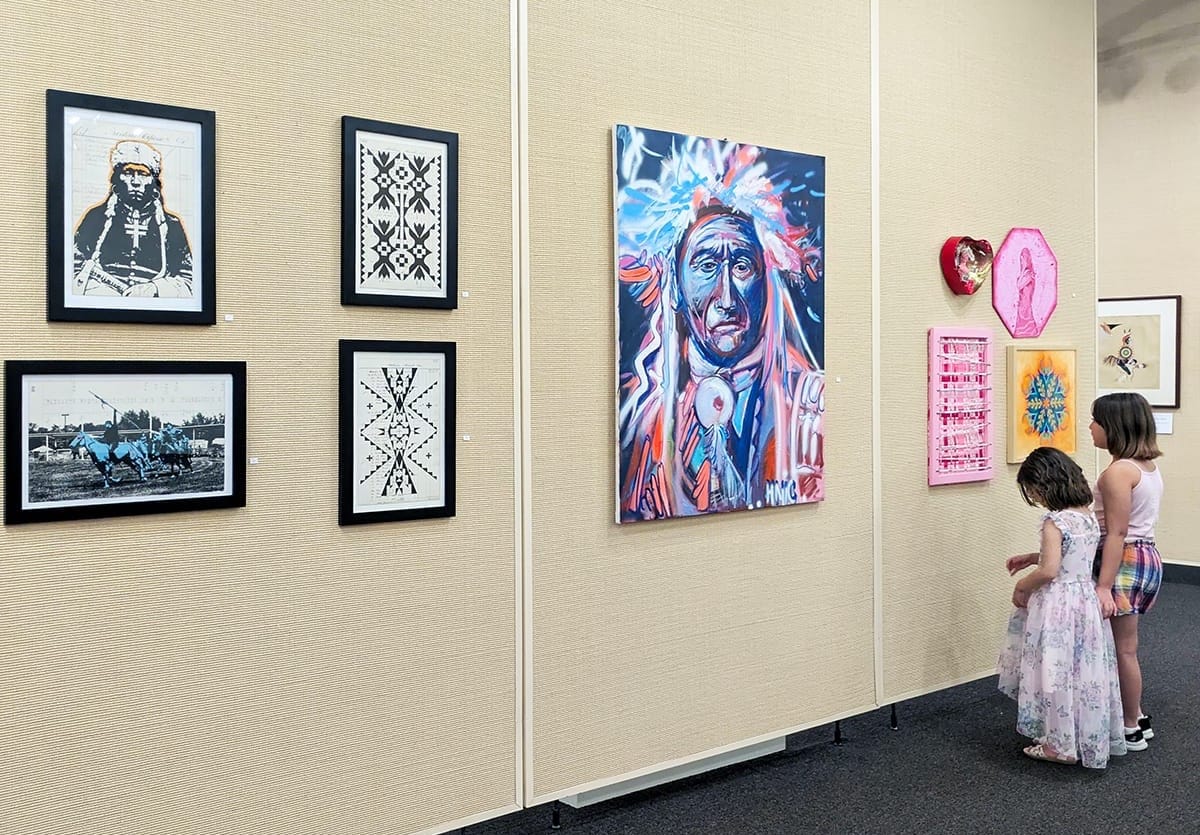
 The SHOUTShelly Walston
The SHOUTShelly Walston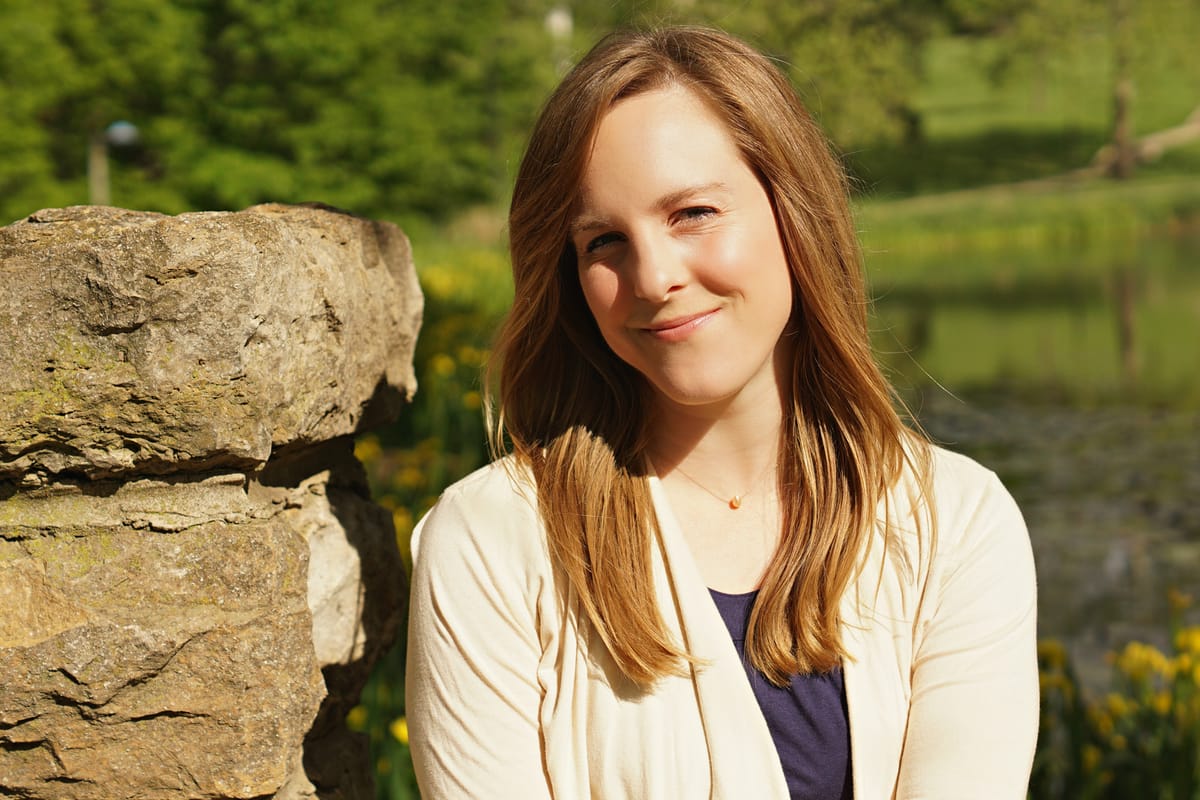
 The SHOUTSam Jack
The SHOUTSam Jack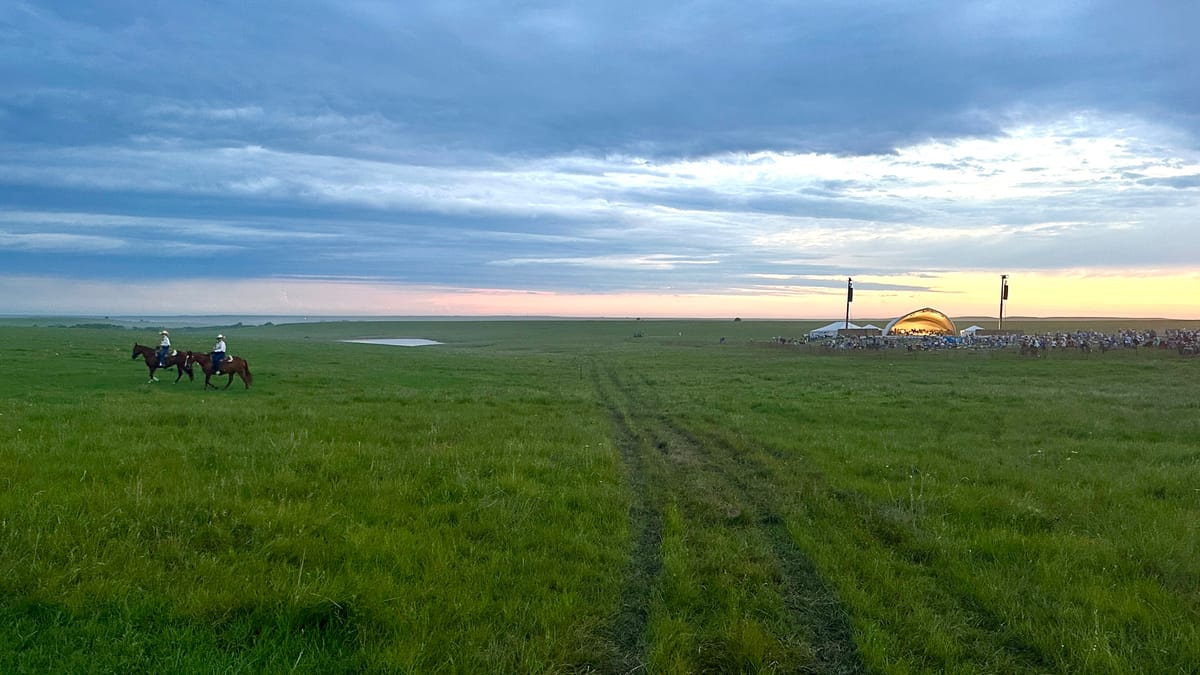
 The SHOUTShelly Walston
The SHOUTShelly Walston